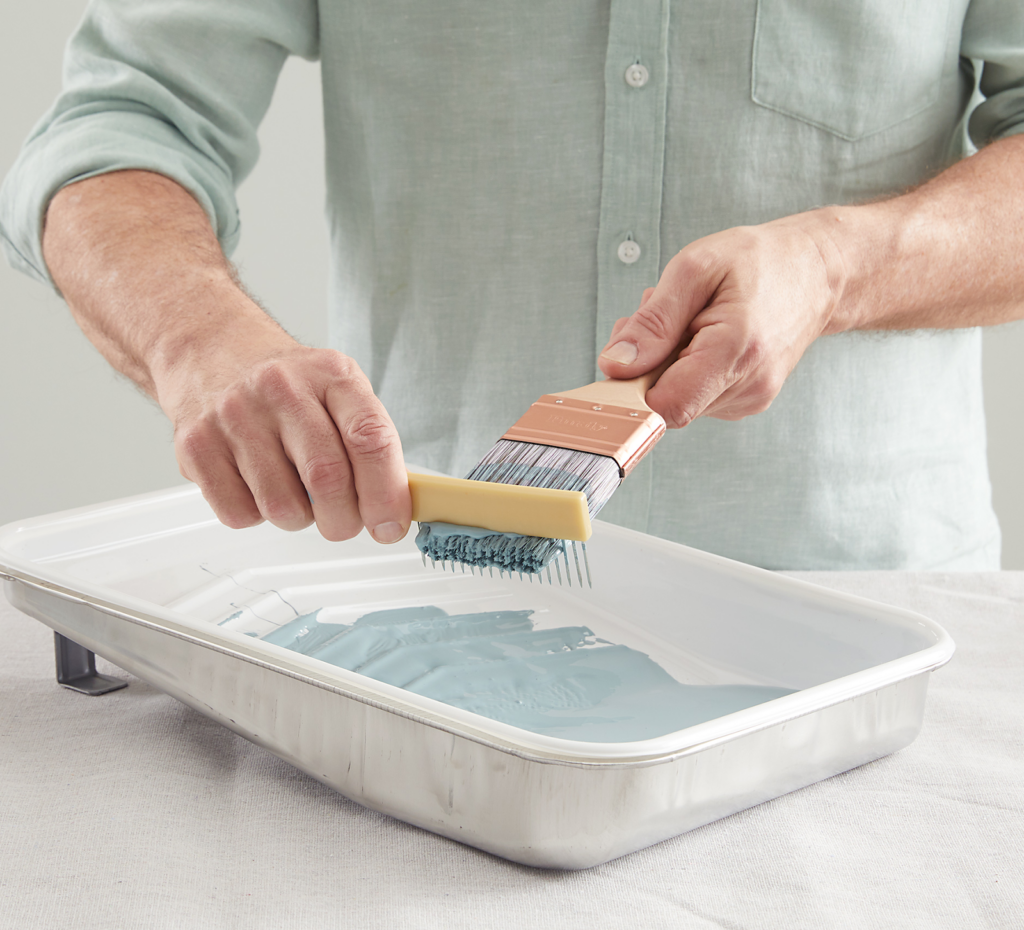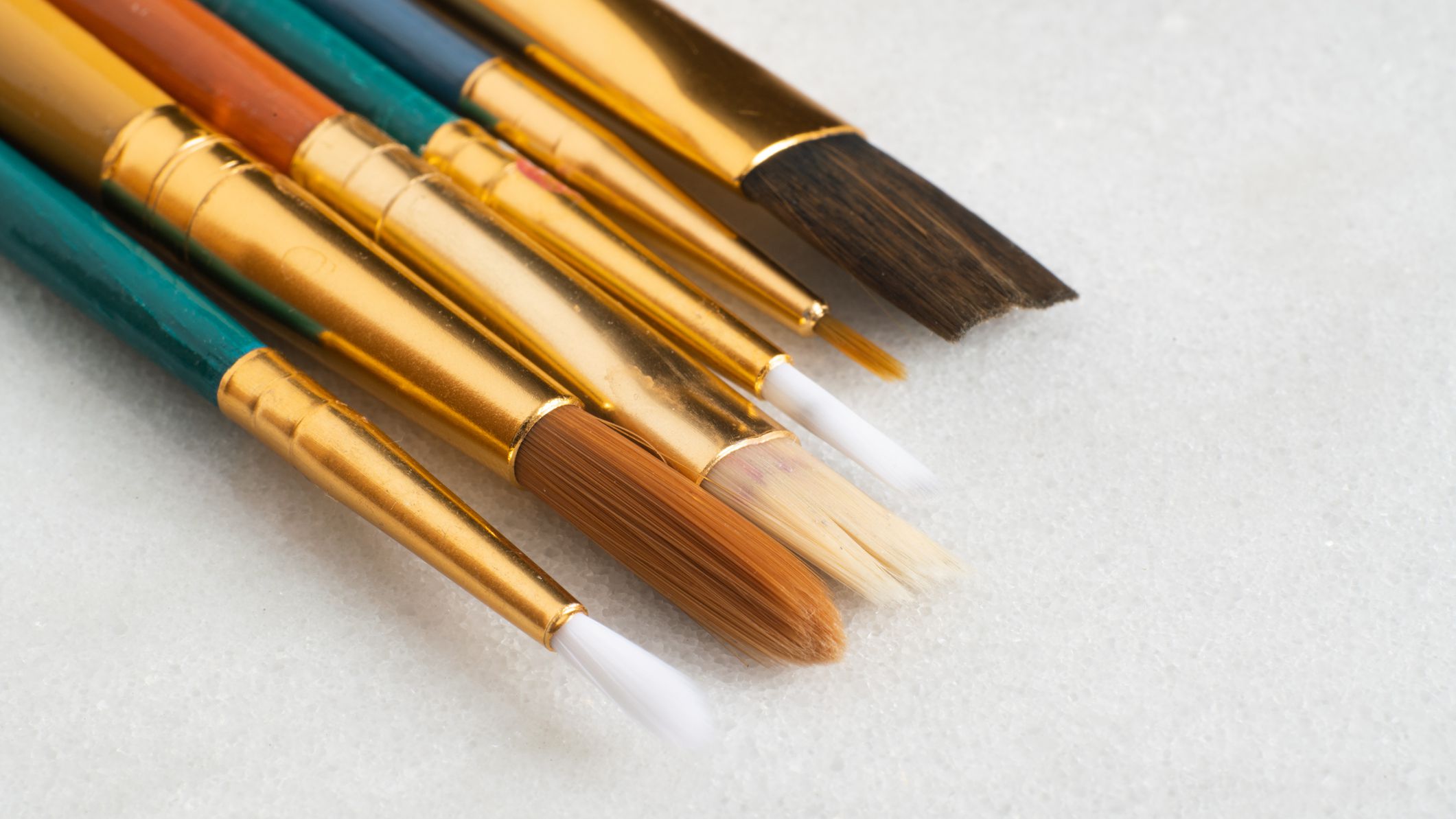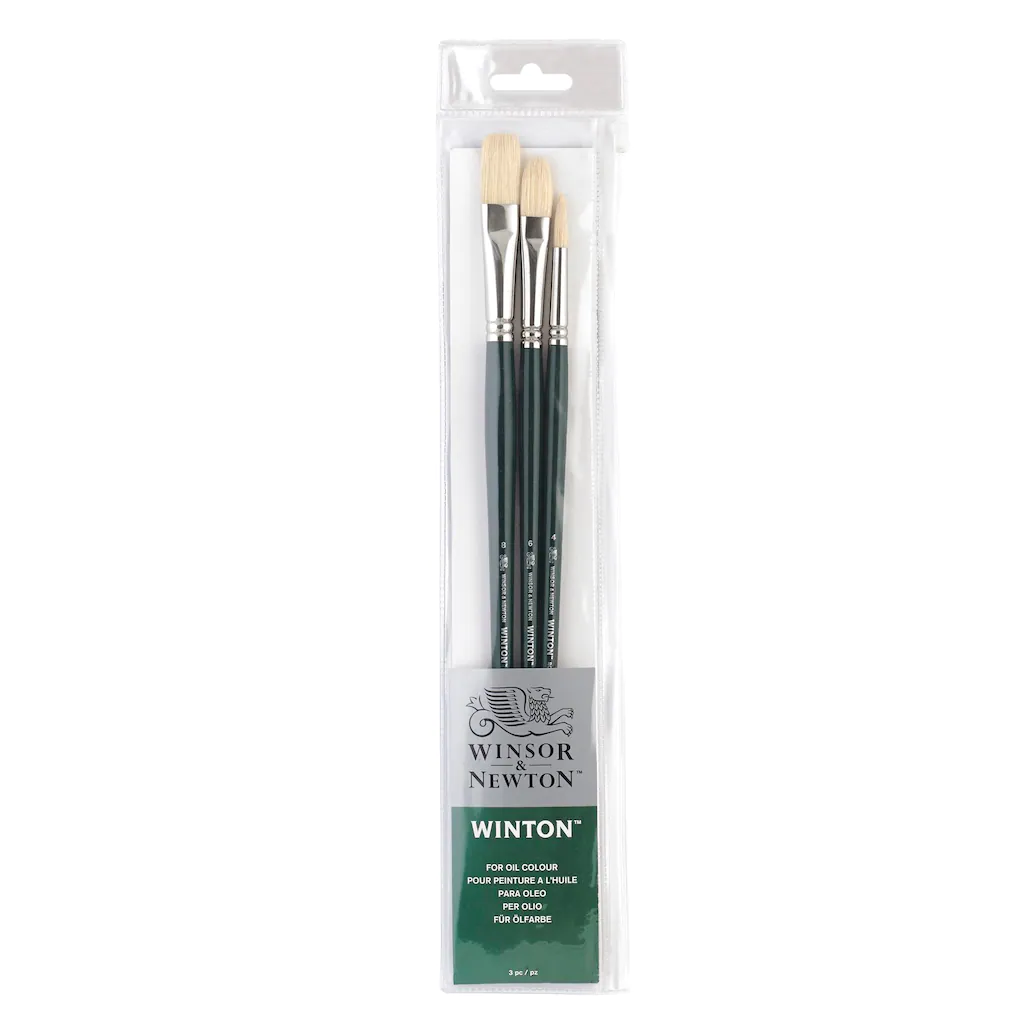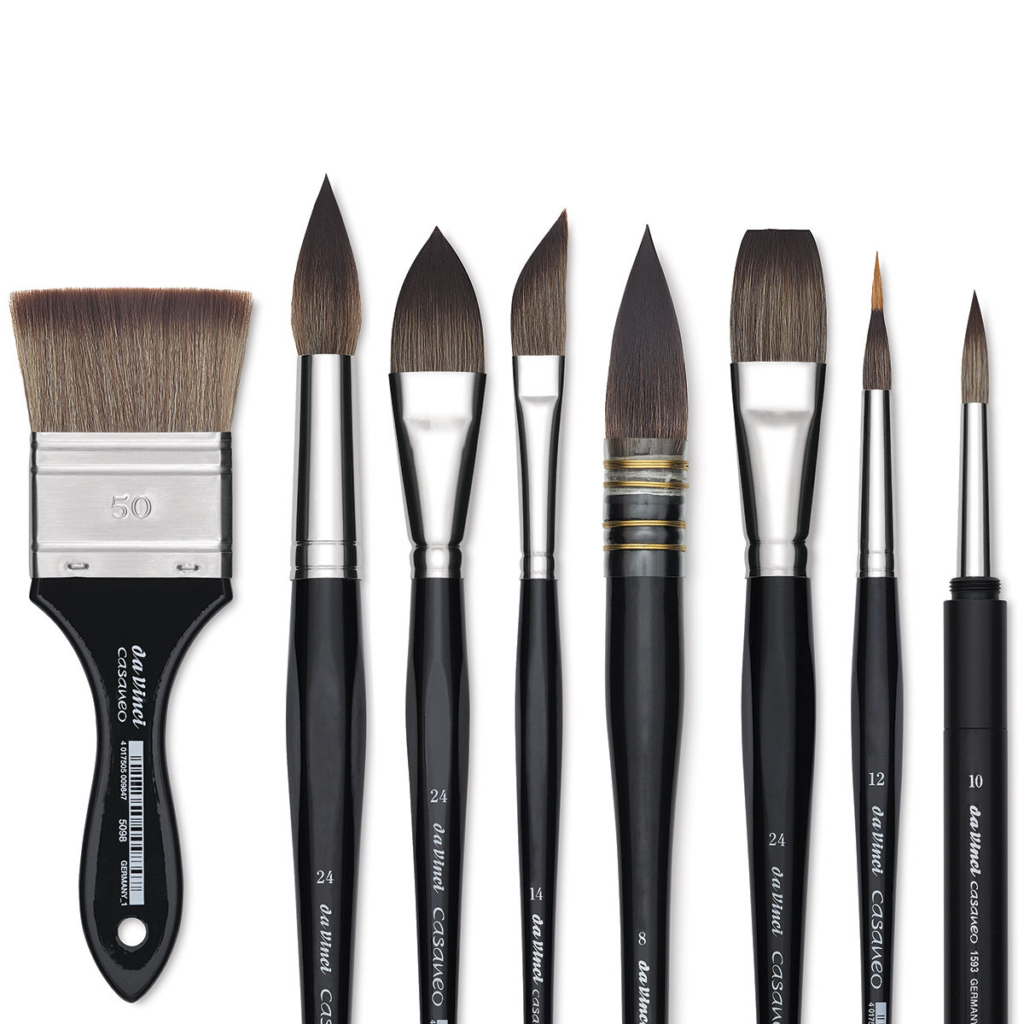Don’t be deceived by some write-ups that claim to be authentic. You might have come across some information online about cleaning a paintbrush. Please agree that the paintbrush cannot be maintained and cleaned the same way. The way one will clean a paintbrush used on water-soluble paint is different from the strategies used to clean a paintbrush used on oil-based paint. I just mentioned two different things.
So, this write-up aims at putting you through the process of cleaning water-soluble and oil-based paintbrushes. Please pay attention and shun all distractions. But before we proceed, I would like to talk about the meaning of paintbrush.
What is a paintbrush?

A paintbrush is a unique tool or an instrument that enhances creative painting work. In the world of art, no one can successfully create an outstanding artwork without using a paintbrush. In the simplest form, a paintbrush is a tool or a brush for applying paint. It is an essential tool that enables users to make edits to an image. Some painters used to call it “a rod behind creativity.” If you see an artwork that captivates your heart, this tool plays a vital role in bringing out the beauty of such artwork. In other words, an artwork cannot stand without this helpful instrument. If you want to learn watercolor paintings, this tool is one of the most critical instruments you will need. In short, the paintbrush is the key behind every creativity you see in watercolor paintings. You can read more about Paint Brush by clicking here.
Tips on how to clean a water-soluble paintbrush

If you use watercolor paints for a project, there’s a need to clean up all the materials used. A paintbrush is an essential tool, as we have discussed above. And it needs proper maintenance if one does not want to spend money on getting new ones per project. So, if you want your paintbrush to remain intact for the next project, please follow the steps below to clean it.
- Wipe off the paint stain on your brush: You need to ensure that your brushes are not with the stain or paint after the project. You can use a piece of cloth to clean up the bristle so that it will be easier when you want to do the proper cleaning. This first step is essential. So, after this step, what next?
- Get a regular dish detergent: A regular dish detergent will do the cleaning perfectly. Please note that not all detergents can remove the stain or the dirt on your paintbrush. So, get a regular dish detergent and start the cleaning process.
- The cleaning process: Mix the detergent in warm water. If you use cold water, you tend to wipe off the bristle when the cleaning process is on. Therefore, use warm water. Place the brush on a surface, then rinse it with warm water. Don’t forget that you need to force the bristles to splay. One can use a sponge that has a light scrubbing surface. Let me repeat that you must rinse it very well. After washing it, you need to give it some time so that the bristles will dry.
Tips on how to clean an oil-based paintbrush
I said earlier that there are different approaches to cleaning a paintbrush. Using water and a dish detergent to wash a paintbrush applied with water-soluble paint cannot work in cleaning a paintbrush with an oil-based paint. Therefore, don’t assume that you can use the same process or style to maintain and clean an oil-based brush.
If you’re using oil-based paint, spin the brush in a cup of paint solvent or lacquer thinner for thirty seconds, then rub the paintbrush on the side of the cup. One may likely have to repeat this procedure a few times until one doesn’t see any stain coming from the brush. Then, there’s a need to do the last wash with detergent and water. Also, shake the brush out, allow it to dry, and store it in the cover it came in.
Shake the paintbrush a few times to bring into line the bristles and hang to dry so that air can mix with the bristles. This helps the brush to dry rapidly and appropriately. Once it dries, store this tool in the cover they came in so that the bristles remain flat and endangered. Keep the cardboard covers with which costlier brushes are sold and put them back on for storage. You will get many services from a good brush if adequately cared for. Taking the time to clean and store them appropriately is significant to their permanency. I hope you’re following.
What are the risks of not washing a paintbrush after using it?
If you don’t wash your brush after a project, you may spend some of your income getting another brush. For instance, if you just finished the artwork and decide not to wash your brush, the brush will get dry. And once the brush gets dry, it can’t be helpful for another project again.

Also, if you don’t wash your brushes after a project, you will have to buy another set of paintbrushes for another project. Therefore, it is expedient for you to know that washing your brush after a project is essential. You can read about 5 Ways Arts Projects Can Improve Struggling Communities by visiting https://www.pps.org/article/artsprojects
On a final note
Dear reader, I hope you’ve seen something instructive here. Cleaning your brushes is essential. And I explained that cleaning this tool depends on the types of paint used for a project. I have already explained the tips you should follow in cleaning your brush. Therefore, no one can blame you if you act ignorantly. But now that you understand how cleaning a paintbrush works, it is wrong to act as though you are not aware. This article also covers the risk of not washing a paintbrush. In other words, I explained why you need to maintain and clean your brush. Remember, you are not to wash your brushes alone; it is expedient to wash other art materials that need proper cleaning and maintenance. Finally, a question might come to your mind while reading this article. at the end of my article, we recommend for you Bondi Arts & Craft Supplies an Australian arts & craft company for the high-quality painting tools for the best experience, please kindly drop your question in the comment box for further information.












